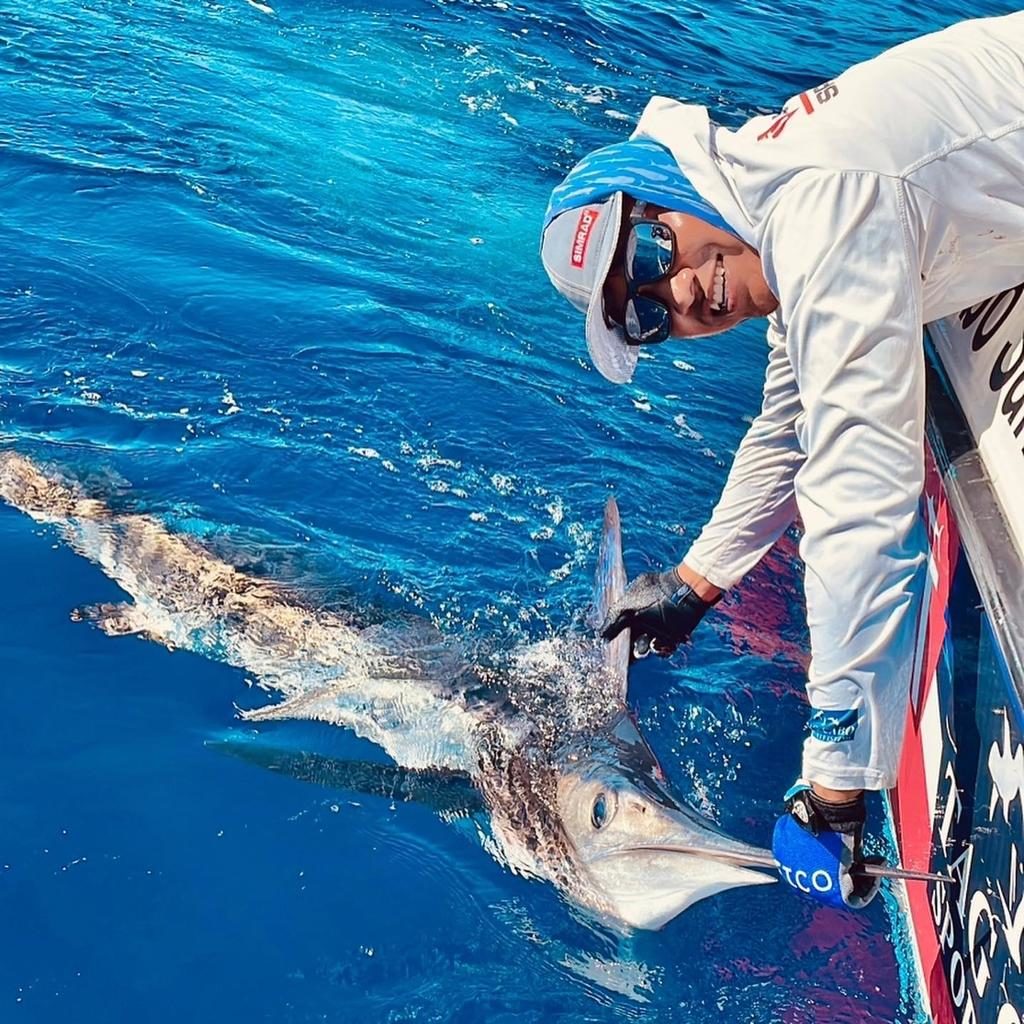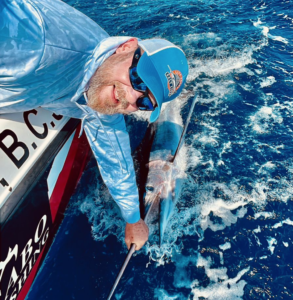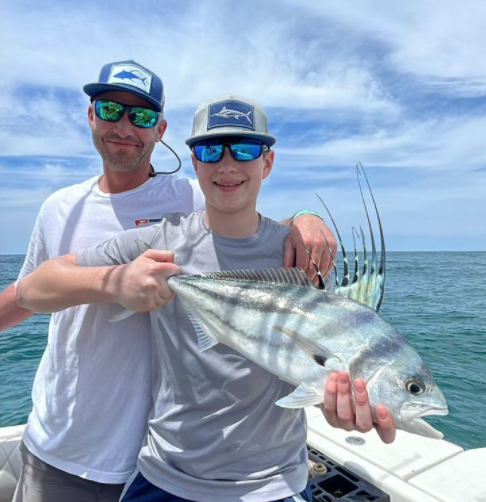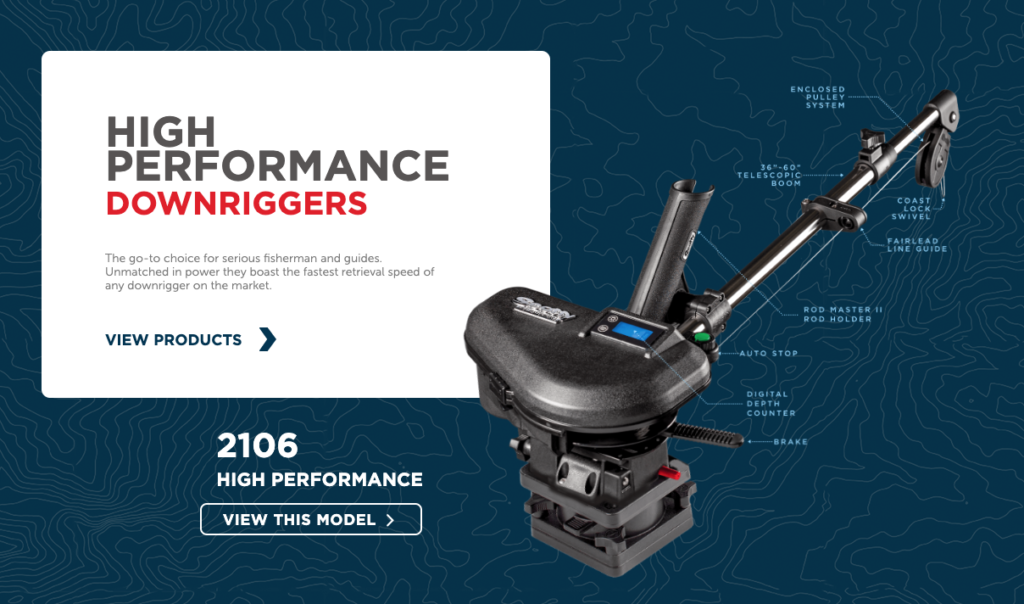Are you looking for an exciting way to close deals, empower your employees, or create better relationships with existing customers? Imagine crystal-clear waters, warm sunshine, and a gentle breeze as you cast your line into the deep blue sea. As the leader of a big corporation, a fishing trip in Cabo San Lucas might be the perfect solution to achieve these goals! This sunny paradise offers a unique opportunity to connect with potential customers, forge stronger bonds with existing clients, and foster team-building among employees. So, grab your sunscreen and let’s dive into the many ways a Cabo San Lucas fishing trip can benefit your business!
- Closing Deals with Potential Customers: Fishing trips provide the perfect backdrop for informal, low-pressure negotiations. In the serene environment of Cabo San Lucas, you can discuss business matters while enjoying the thrill of reeling in the big catch. Potential customers will appreciate the relaxed atmosphere, which often leads to more open and honest conversations. What better way to close deals than while sharing an unforgettable experience on the water?
- Building Strong Relationships with Existing Customers: Maintaining long-lasting relationships with your current customers is crucial for any successful business. A fishing trip to Cabo San Lucas provides an excellent opportunity for you to show your appreciation for their loyalty. This shared adventure creates lasting memories and strengthens the bond between you and your clients. As you enjoy the beautiful surroundings and engage in friendly competition, you’ll find that these moments of connection will make a positive impact on your business relationships.
- Team Bonding for Better Production: A fishing trip in Cabo San Lucas is not only great for customer relationships, but it can also help improve team dynamics within your organization. When employees have the chance to connect with each other outside of the office, they’re more likely to develop stronger bonds, enhancing collaboration and communication. The stunning Cabo San Lucas environment, combined with the excitement of fishing, can inspire creativity and motivation in your team. As they bond over their shared experiences, you’ll notice a boost in productivity and overall company morale.
A fishing trip in Cabo San Lucas offers a winning combination of relaxation, adventure, and team-building opportunities. By investing in this unique experience, you’ll see significant benefits for your business, from closing deals with potential customers to fostering long-lasting relationships with existing clients and employees. So why wait? Plan your Cabo San Lucas fishing trip today, and reel in the success your business deserves!
Don’t let this opportunity sail away! It’s time to embark on an unforgettable adventure that will bring success to your business and strengthen the relationships that matter most. Reach out to us today to start planning your Cabo San Lucas fishing trip and experience the many benefits firsthand. Let’s reel in the success your business deserves, together!
Reach out to us at tagsportfishing@gmail.com or click on the link Fishing in Cabo San Lucas
















